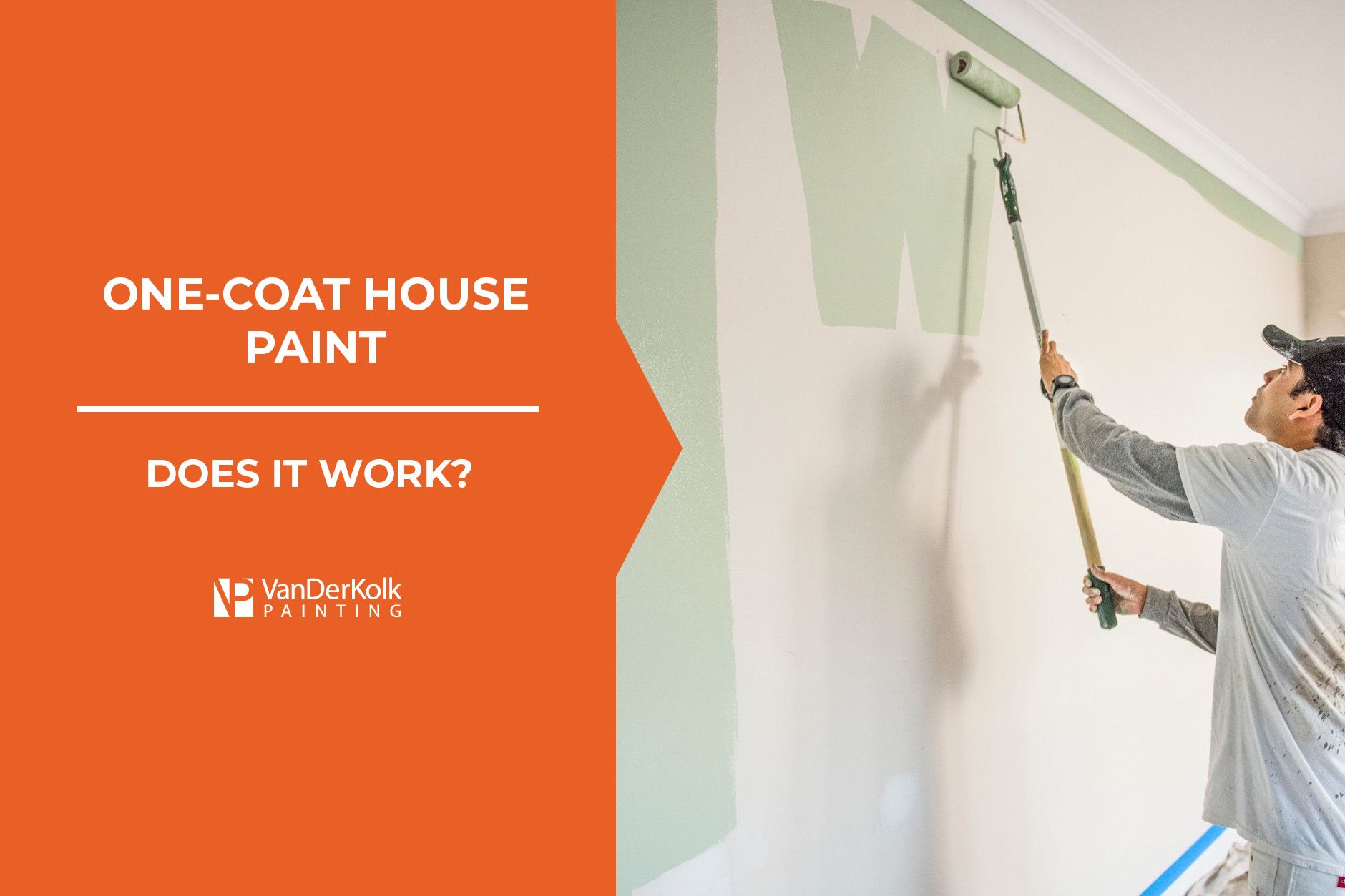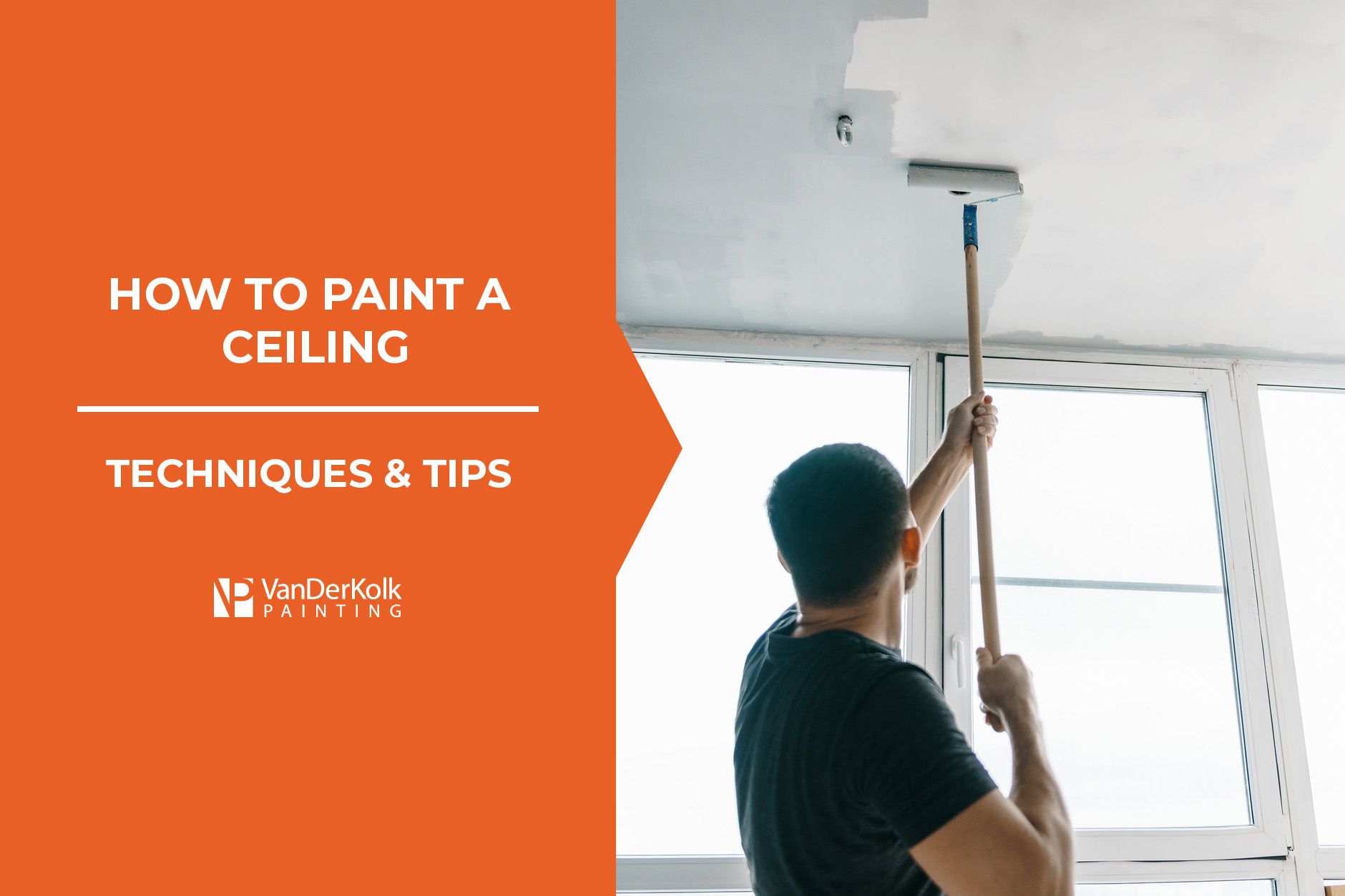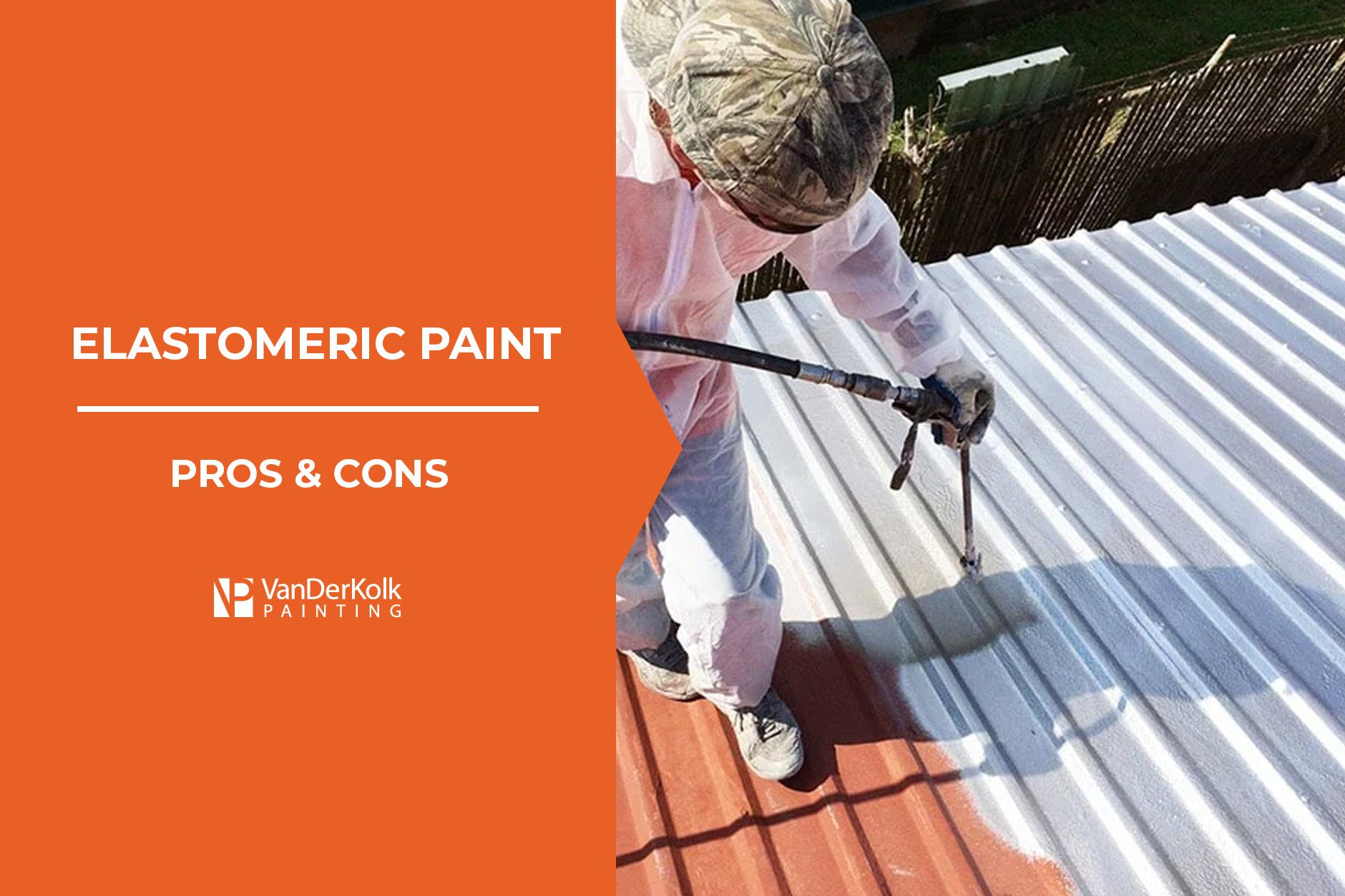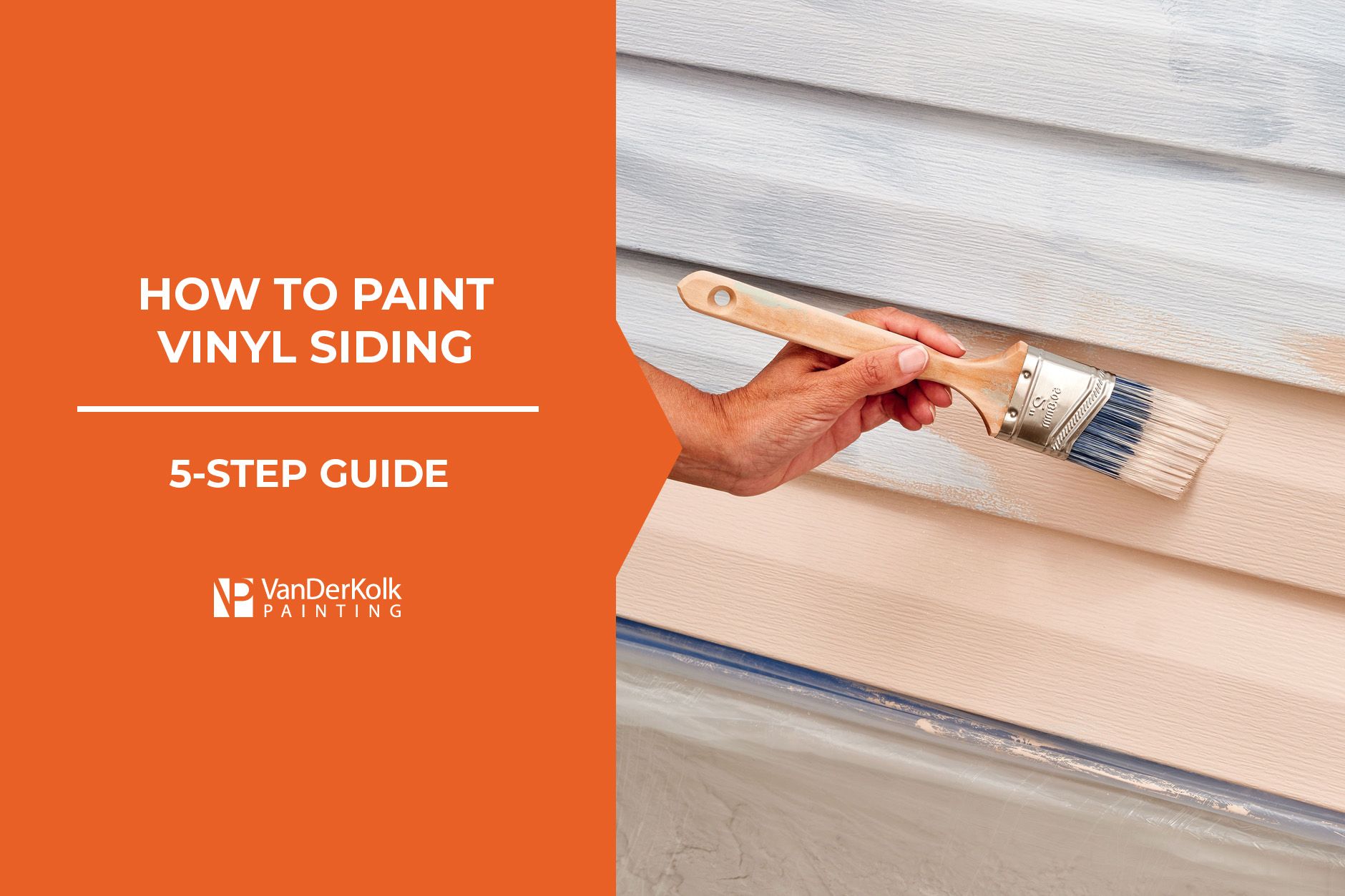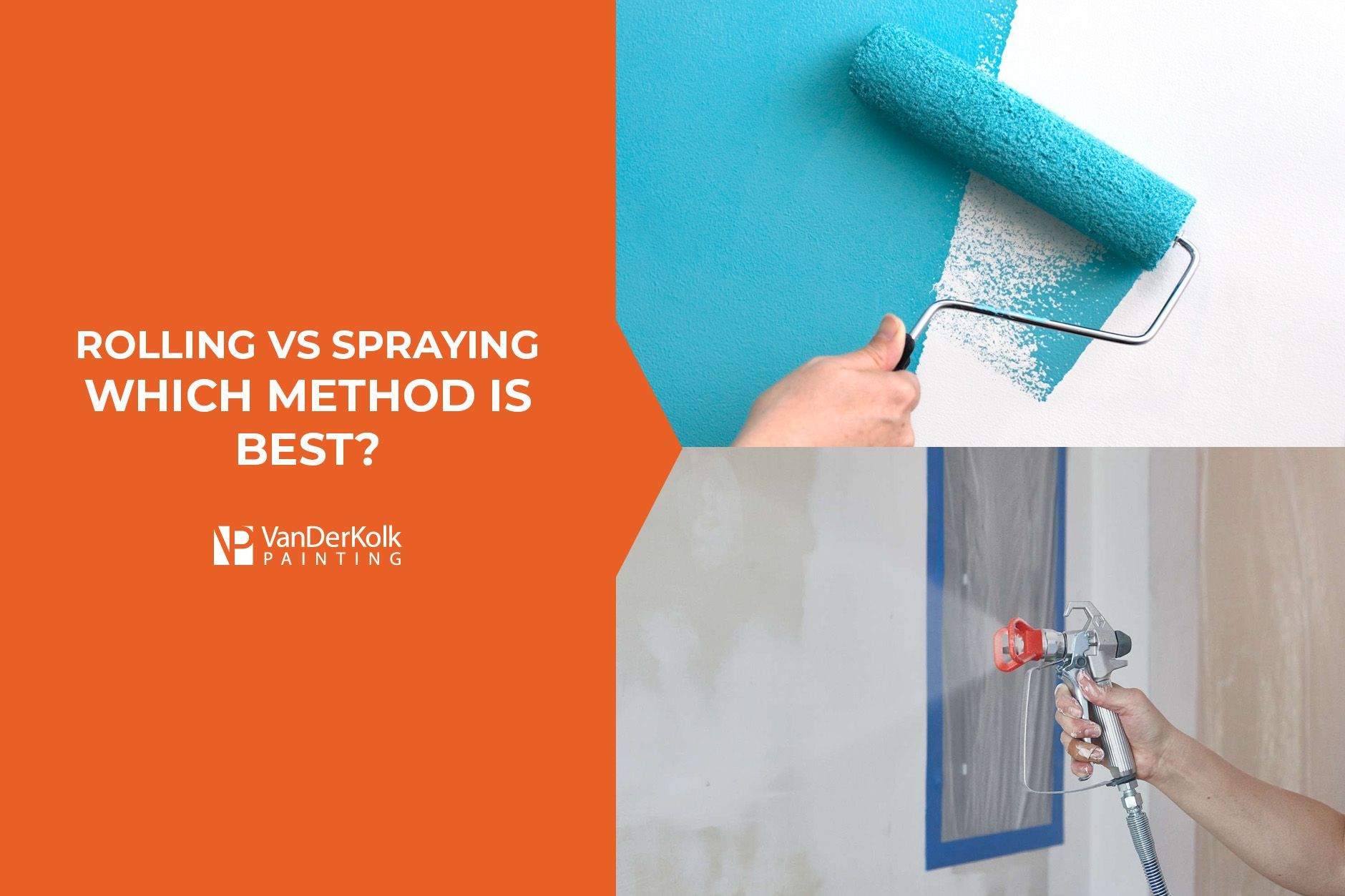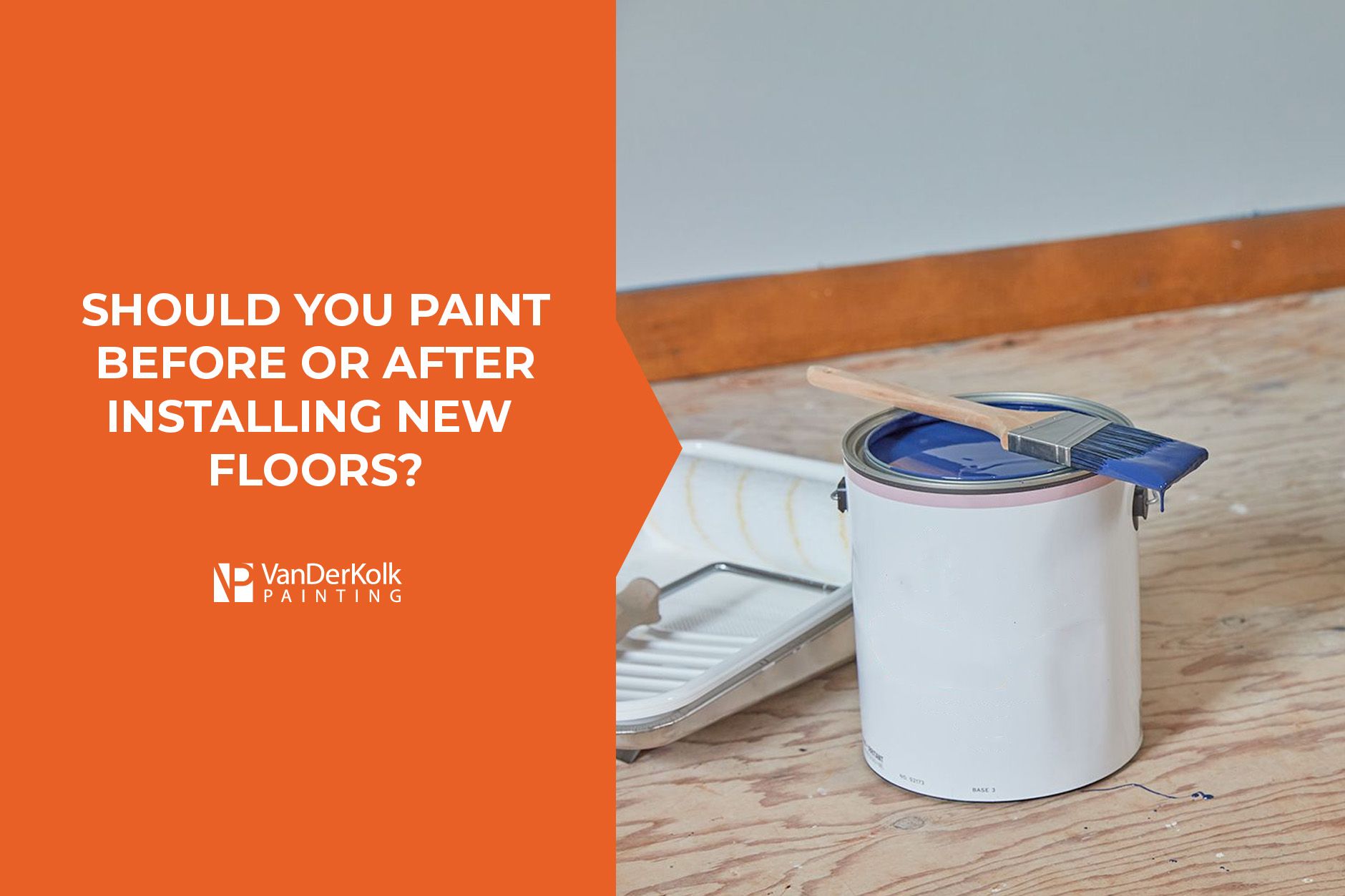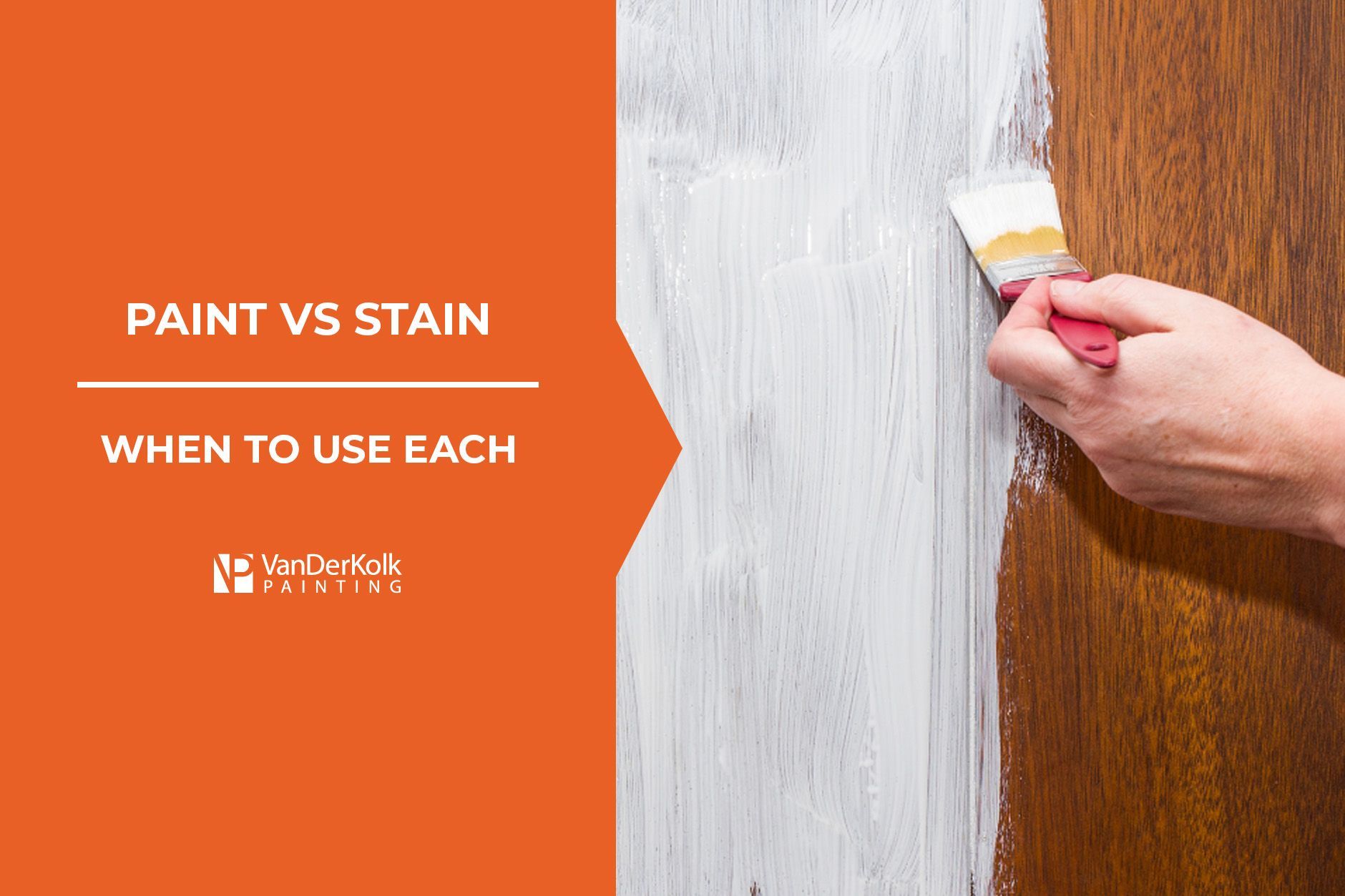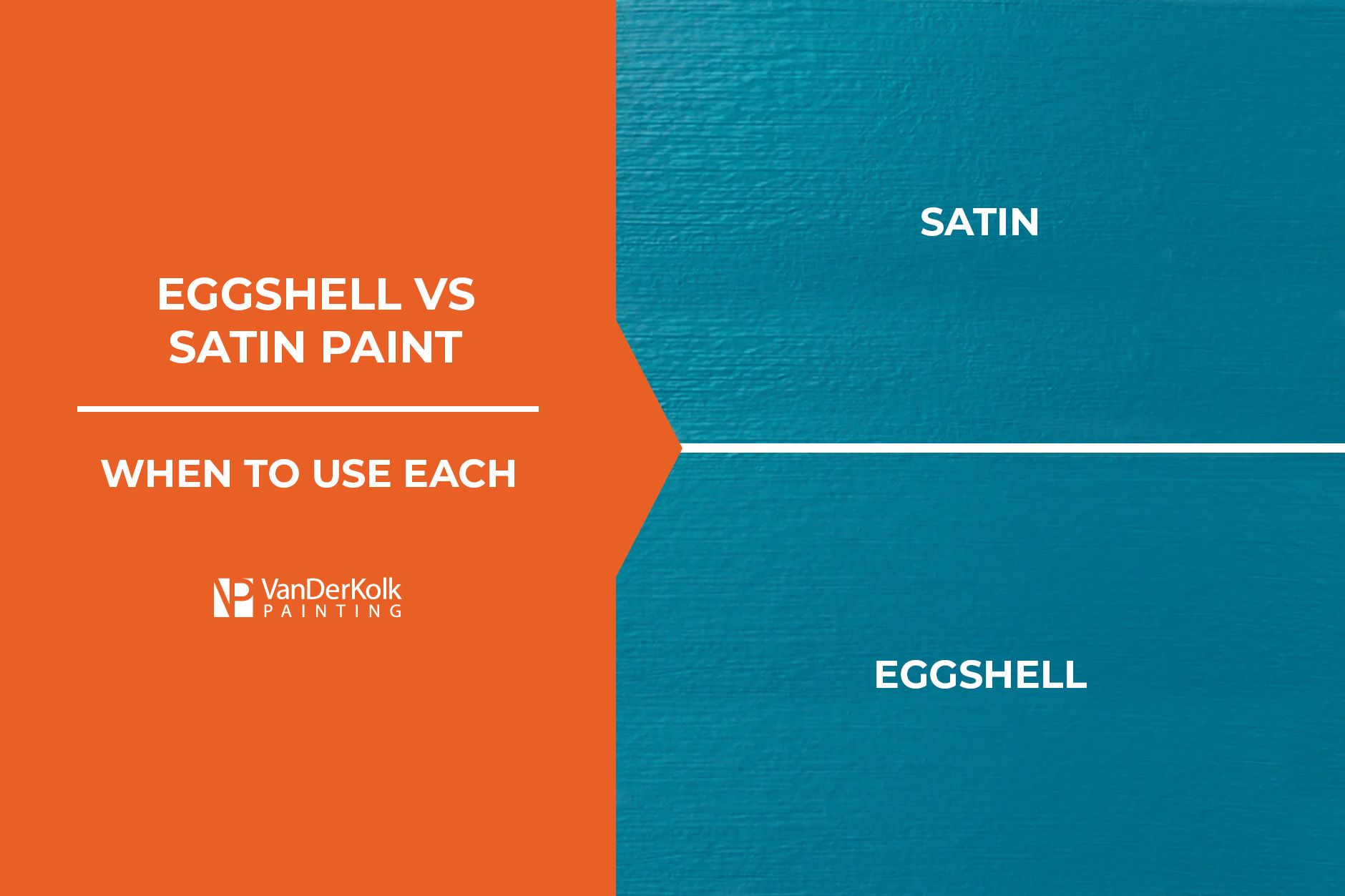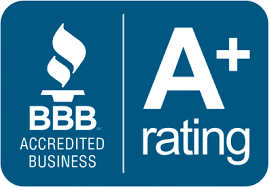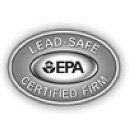Types of Paint Primer: Which Primer is Best?
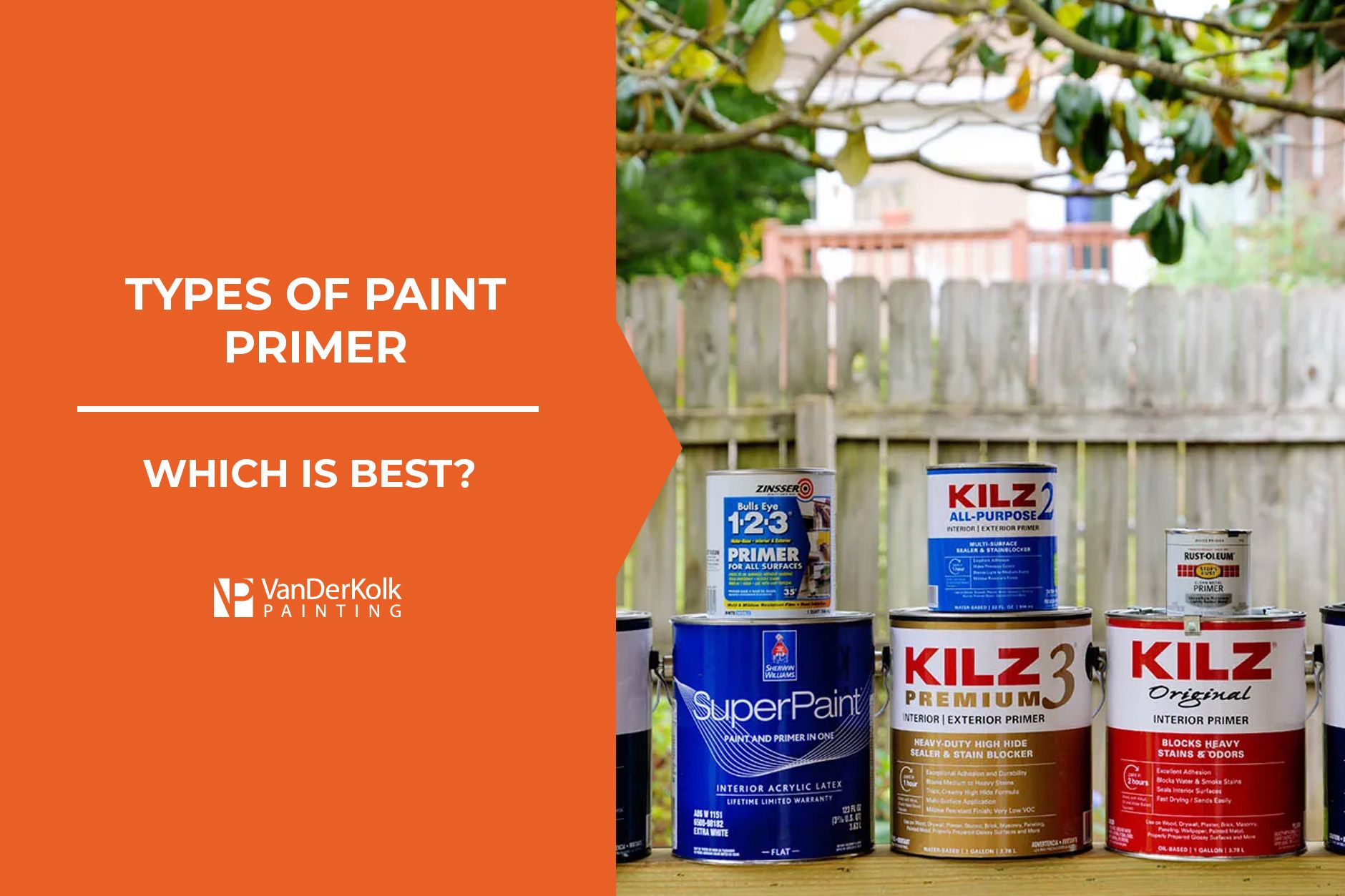
You’ve probably heard about priming your surface before painting it. Not only does a coat of primer help your paint adhere to a smoother surface, but it can also help you have a richer paint color and have a longer-lasting finish.
But not all primers are the same. Selecting the right one can make or break your project. Just like there are
different types of paint, there are various types of primer to choose from, too.
So, which primer is best and which type should you choose for your next painting project?
At
VanDerKolk Painting, we are dedicated to ensuring our clients and Michigan residents use the right products for their painting projects, whether it’s
at home or in a
commercial space.
That’s why we’re using this blog post to help you learn about the three different types of primers, when to use each one, and the best type (in our professional opinion)!
Why Should You Use Primer Before Painting?
Primer is the undercoat layer of paint that prepares the surface for your topcoat. Think of it as the secret ingredient that helps paint stick and stay beautiful on your walls. It's super important (in most cases) because it ensures the next layer of paint goes on smoothly and lasts for years.
Some of the benefits of using primer before painting include:
- Better Adhesion - Primer helps the final paint stick and stay put, which keeps it from chipping or peeling.
- Smoother Surfaces - It provides a sleek surface for the paint to glide over, making your walls look even and professional.
- Covers Previous Paint and Stains - Primer acts like a superhero, covering up old colors or pesky stains that might peek through your fresh paint.
- Fewer Paint Coats Needed - Using primer means you'll need fewer coats of paint, saving time and money on your painting project.
It’s always a good idea to use primer on surfaces such as
unfinished drywall,
glossy paint finishes, and porous surfaces.
Types of Paint Primer
There are three types of paint primer that homeowners commonly use for interior and exterior painting projects.
Acrylic Latex Primer
- Pros: Easy to clean, environmentally friendly, fast drying, and works on various materials.
- Cons: Not great at covering significant stains or odors.
Acrylic latex primer is a water-based primer that can be used with other water-based paints. While acrylic latex primer is versatile and fantastic for many surfaces, such as brick, wood, and drywall, it may not be the best choice for covering dark, pre-painted surfaces or stains. Yet, it excels in terms of quick drying times and is less likely to peel or crack over time.
So, when should you use an acrylic latex primer? If you're painting indoors on fresh, drywall or previously painted walls in good condition, this primer is an excellent option. It's especially ideal for interior projects because it is available in low- or no-VOC formulas.
Oil-Based Primer
- Pros: Great for covering stains or bold colors, durable in extreme temperatures.
- Cons: High VOC levels and longer drying times.
Oil-based primer is made for heavy-duty exterior projects that require
oil-based paint. One of the standout qualities of oil-based primer is its durability, especially when faced with challenging weather conditions. Whether it's a scorching summer or a
chilly winter, this primer holds up impressively well.
Oil-based primer creates a strong, adhesive layer that’s particularly good at blocking pre-painted colors or even stubborn stains. If you're working with porous surfaces, such as raw wood that can absorb paint unevenly, this primer ensures that your finish remains smooth and even. It also handles rough surfaces with ease, smoothing out imperfections efficiently.
It’s essential to apply this primer in a well-ventilated space, usually used for exterior projects, as it has
high VOC levels, to ensure safety. So, while it may take a little patience to handle the drying time and cleanup, the result is often worth the investment.
Shellac Primer
- Pros: Excellent at covering stubborn stains and bold colors, has strong adhesion, ideal for exterior projects.
- Cons: Strong smell and requires ventilation when painting, and long drying times.
Shellac primer is a must-have for any challenging painting project. It’s known for its ability to block tough stains and cover bold paint colors. This makes it perfect for surfaces that have persistent water stains or dark paint.
You can use shellac primer on walls, wood, plaster, metal, and even plastic. Its rapid drying time (usually just about an hour) means you won't be held up for long during your project.
One of the greatest strengths of shellac primer is its adherence ability. It sticks well to almost any surface, and you can use both oil and latex paints over it. This makes shellac a versatile choice. Keep in mind that it does have VOCs and a strong odor, so ensure good ventilation while using it.
How to Choose the Right Paint Primer
Now that we’ve covered the main types of paint primer, you may be wondering how to choose the right type for your painting project. Using the correct primer can make or break your paint job!
Consider Your Surface Material
Examine the surface you plan to paint. You’ll first want to identify the type of material it is. Are you painting drywall, metal, wood, or plastic? Remember, some primers and paints adhere better to certain surface materials.
Next, consider the location of your painting project. If it’s an indoor project, consider using either acrylic latex or shellac primer. If it’s an outdoor project, an oil-based primer might be more suitable.
Select Your Paint Type
The first step in a painting project is choosing a paint color that you like. From here, you’ll choose which type of paint is right for your project.
Remember, the formula of your primer needs to complement the type of paint you're using. This means that you should use a water-based primer if you’re using a water-based paint. The same goes for oil-based formulas.
Identify Coverage Needs
If you plan to repaint a wall or surface that has previously been painted, then you’ll want a primer that can neutralize the color. This allows your new coats of paint to have a richer, more vibrant color.
- For raw or light-colored interior surfaces, acrylic latex primer works well.
- For bold or dark-colored interior surfaces, shellac primer is ideal.
For exterior surfaces with dark colors or stains that require coverage, an oil-based primer is recommended.
Which Type of Primer is Best?
In our professional opinion, shellac primer is the best overall. It’s super easy to apply, dries quickly, offers optimal coverage, and can be used with both water-based and oil-based paints.
However, choosing the best primer for your project depends on several factors, including the surface material and the location where you’ll be painting. While we love shellac primer, it may not be suitable for your project. Remember, every painting project is different—and that’s where VanDerKolk Painting can help!
Choose the Perfect Primer Every Time with VanDerKolk Painting
Understanding paint products and formulas can feel overwhelming, especially if you’re doing a simple DIY project at home. That’s where the painting professionals at VanDerKolk Painting come in.
Based out of Grand Rapids, we serve home and business owners throughout West Michigan. We’ll consult with you about your painting project, getting to know the area, surface material, and your expectations before choosing the right high-quality professional products for the project.
When you work with us, you’ll get a precise and tailored paint job that is meant to last for years to come.
Request a free estimate for your next painting project from VanDerKolk Painting and stop second-guessing which paint primer you should use!
Request A Free Quote
Our Services
Residential Services
Commercial & Industrial Services
